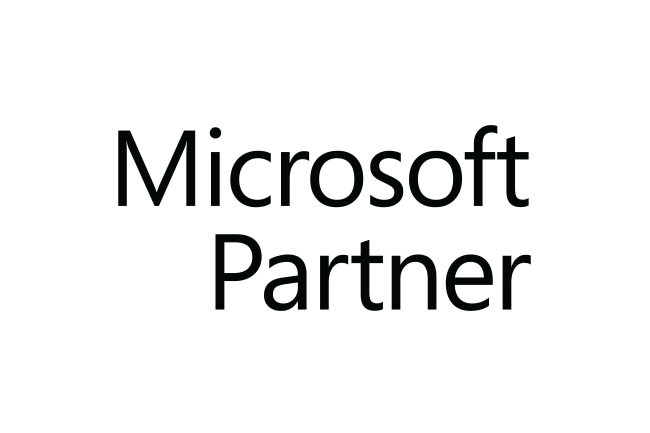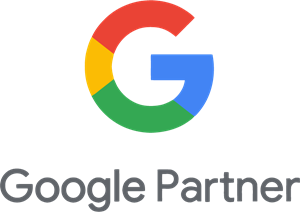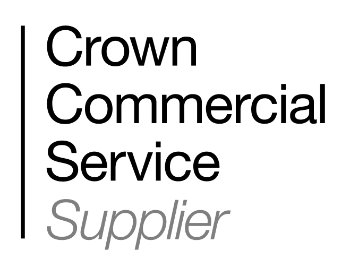What is Page Experience?
Page experience means the experience your user has on a web page and the factors that affect it. The existing signals that Google use to determine a user’s experience include
- Mobile-Friendliness: If the website and its landing pages perform well on mobile devices. Google’s Mobile-first Indexing penalise those that don’t.
- Safe browsing: If the website isn’t using deceptive practices or malware used on the sites. You also don’t allow cracks in your web security that hackers can exploit at the expense of your site visitors. Important to keep those security checks up to date!
- HTTPS: If the page is served over HTTPS rather than HTTP.
- No intrusive interstitials: If the website doesn’t use pop-ups, or other types of content that block the webpage content that your visitor expects, or is looking fo, which also slows down the page.
And now, Google is adding 3 more page experience signals to reward those sites that provide a good user experience.
Due to this, user experience has never been more important. In fact, studies have shown that longer page load times have a significant effect on bounce rates as well as ranking lower in Google. For example:
- If page load time increases from 1 second to 3 seconds, the bounce rate increases by approx 30%.
- If page load time increases from 1 second to 6 seconds, the bounce rate increases by over 100%.
What will the new algorithm update look at?
There are 3 key metrics (Core Web Vitals) that will be important to focus on.
- Largest Contentful Paint (LCP): how long it takes for the main content on the page to load. Google recommends that sites should have an LCP that occurs within the first 2.5 seconds of the page starting to load.
- First Input Delay (FID): how long it takes before the page can be interacted with. To provide a good page experience, sites should strive to have a score of fewer than 100 milliseconds.
- Cumulative Layout Shift (CLS): measuring visual stability and highlights how much-unexpected layout shift occurs across page content. Think about annoying button movements when you attempt to click one thing but end up clicking another! Sites with good page experience should aim for a CSL score of less than 0.1.
How to prepare for the update
Google’s Search Console will be the first point of call for monitoring most of these issues. They’ve provided a report titled “Core Web Vitals”. There, any issues on your site, whether your LCP or CLS, will be highlighted on both your desktop and mobile site. Though it should be relatively easy to identify any issues with Core Web Vitals, you’ll likely need the help of an experienced developer and SEO professional to implement the changes, as much of it has to do with coding issues and content.
However, it’s important to be aware of, that even getting all aspects of page experience right will not get you rankings up if your content is weak. High-quality content still needs to be at the forefront of your SEO strategy. Google has made it clear that user experience metrics will help search algorithms rank pages with similar content, but it won’t help rank pages with underperforming content.
Whilst page experience will be just one of the hundreds of the many ranking factors that Google uses to generate its rankings, you should still take this seriously if you rely mainly on organic traffic.
At Moore-Wilson, we can help you carry out a Page Experience audit, prioritise improvements, and even help you get the changes implemented to maximise your website’s ranking potential.




